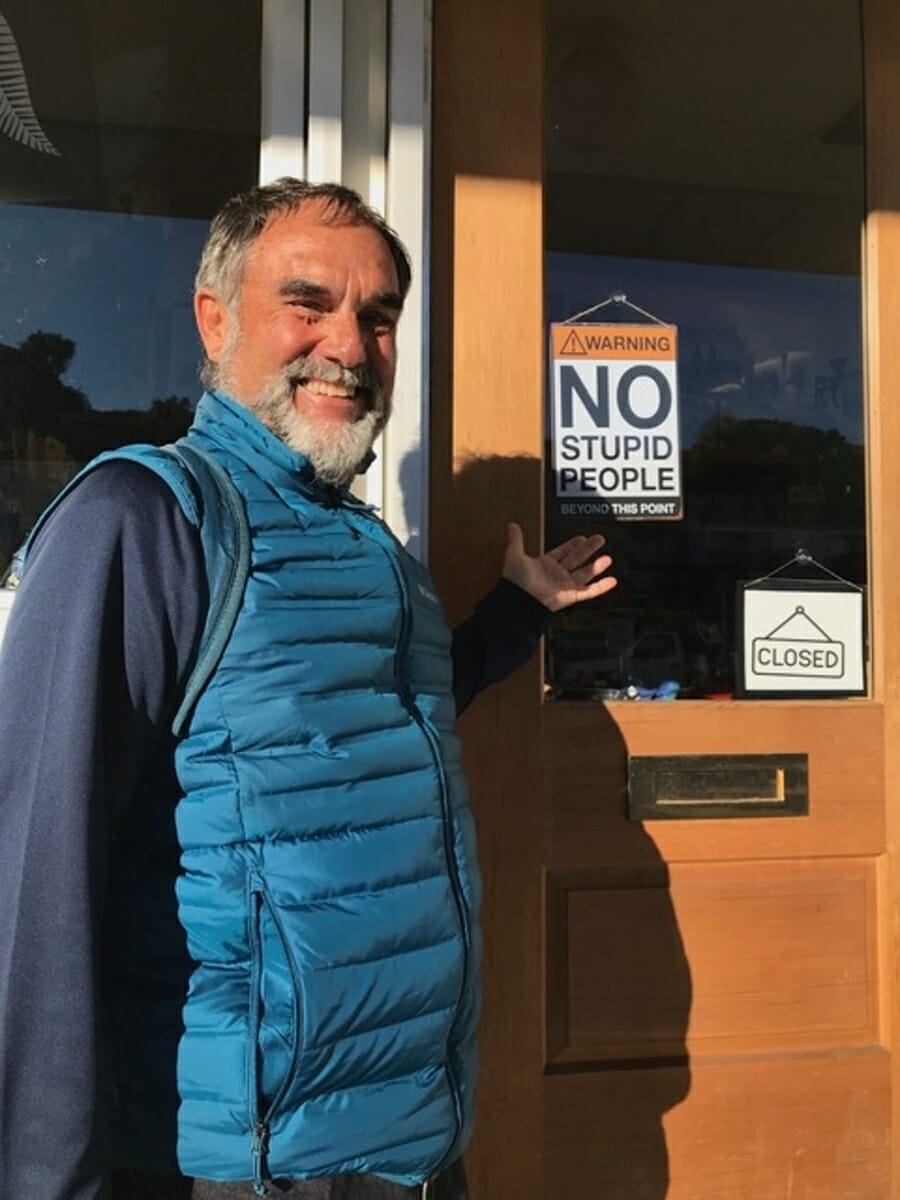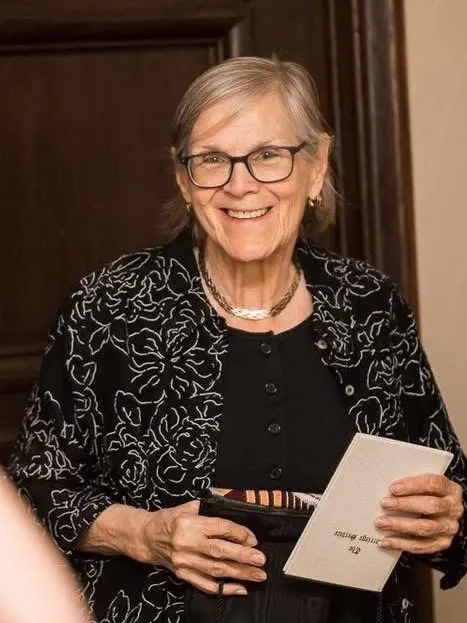By DAVIS FOLSOM
If there’s one aspect of becoming a U.S. citizen that it seems everyone at least believes they are familiar with, it’s “the test.”
As one recently naturalized citizen described it, the Customs and Immigration Service officer “randomly drew 10 questions from the civics test bank and slowly read them to me.”
“Who was the first President of the United States? What oceans are on the east coast and west coast of the United States? What did President Lincoln do? Who is your Congressional Representative?”
“I knew I had to answer six out of the 10 questions correctly, and when I got the first six , that part of the citizenship exam was over.”
This questioning, along with answering questions about their application (N-400 form) confirms applicants’ ability to understand and communicate in English.
The test bank includes 100 questions about American history, geography, the Constitution, the Bill of Rights, and our principles and system of government.
When someone with Permanent Immigrant Status (Green Card) applies for American citizenship, they are given a book with information about our country, much more than just the 100 test questions. As citizenship tutors, my wife and I often found ourselves explaining why the questions were important and adding background information for our students. Sometimes we overwhelmed our clients and occasionally we had to find answers to their questions.
The questions are available online at www.uscis.gov. Click on Citizenship and then Naturalization test.
At www.civicsquestions.com, the site asks for your zip code and then adjusts some of the answers to the correspond to your state and Congressional District.
Immigrants applying for U.S. citizenship are given only two chances to pass the test. If they fail the first time, they must return to the USCIS office and complete another interview 60-90 days later.
If they fail the second time, they are required to re-apply and pay an additional $725 application fee.
One study found that 64 percent of American citizens would fail the test but the USCIS reported that 91 percent of applicants pass this part of the Citizenship exam.
From a New York Times article, what follows is a list of the 10 toughest questions. Of course, applicants must answer the questions orally, not in a multiple-choice format.
Take the test. If you want to take the quiz under the same conditions as Citizenship applicants, have someone read the questions to you without providing the choices.
10 Questions from the
U.S. Citizenship Test
Which of these is something Benjamin Franklin is known for?
He was the first person to sign the Constitution
He discovered electricity
He was our nation’s first postmaster general
He was our nation’s second president
How many amendments does the Constitution have?
14
21
25
27
Who was President during World War I?
Woodrow Wilson
Warren Harding
Calvin Coolidge
Franklin D. Roosevelt
Which statement correctly describes the “rule of law”?
The law is what the president says it is
The people who enforce the laws do not have to follow them
No one is above the law
Judges can rewrite laws they disagree with
Under the Constitution, which of these powers does not belong to the federal government?
Ratify amendments to the Constitution
Print money
Declare war
Make treaties with foreign powers
We elect a U.S. Senator for how many years?
Four years
Six years
Eight years
Two years
Who is the Chief Justice of the United States now?
John G. Roberts Jr.
Ruth Bader Ginsburg
William P. Barr
Brett M. Kavanaugh
The House of Representatives has how many voting members?
100
435
535
538
The Federalist Papers supported passage if the U.S. Constitution. Which of these men was not one of the authors?
James Madison
Alexander Hamilton
John Jay
John Adams
When was the Constitution written?
1492
1776
1787
1865
Answers: 1. C; 2. D; 3. A; 4. C; 5. A; 6. B; 7. A; 8. B; 9. D; 10.C.








